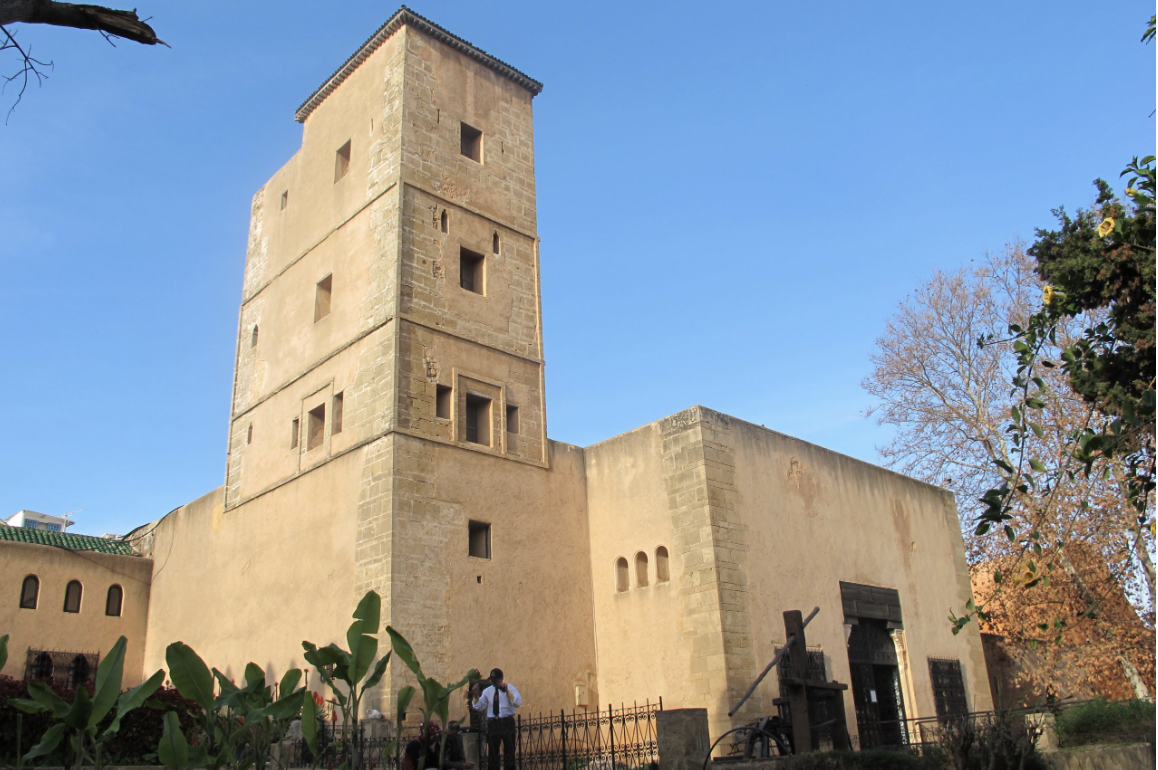Located in the Kasbah of the Udayas, a historical monument of the capital and classified with its Andalusian garden as a Unesco World Heritage Site, this museum is dedicated to finery, jewellery and caftans, which are essential elements of Moroccan heritage.
President of the Foundation for the Safeguarding of the Cultural Heritage of Rabat, the princess was at the Kasbah of the Udayas on January 7 for the inauguration of the national museum. She was accompanied by the curator of the exhibition, Abdelaziz El Idrissi, the curator of the museum, Fatima-Zahra Khlifi, and the president of the National Museums Foundation, Mehdi Qotbi.
The place is divided into several thematic rooms which are:
- "The historical evolution of finery and the manufacturing process,
- "The history of Moroccan costume",
- The history of the Moroccan costume", "The masculine finery and harnessing",
- "The Amazigh finery",
- "The regional specificities of the main urban jewellery production centres".
The Udayas Museum is one of the first museums created in Morocco. It was built during the reign of Moulay Ismail (1672 -1727) who used it as a secondary residence. Following the proposal of Prosper Ricard, director of the Department of Indigenous Arts, the building was then transformed into a museum in 1915 and was given several names such as "Museum of Indigenous Crafts and Arts", "Museum of Muslim Art" or "Prosper Ricard Museum". The first collections were donated by Prosper Ricard and the Department of Indigenous Arts. The ceramic collection was donated by Alfred Bel. Later, the museum was enriched by a collection of silver jewellery donated by Jean Besancenot. In 2006, the Udayas Museum became the National Jewellery Museum, and hosted an exhibition focusing on Moroccan goldsmithing, from prehistory to the present day. The museum was renovated and reopened in 2023.
Photo: copyrights National Museums Foundation.
